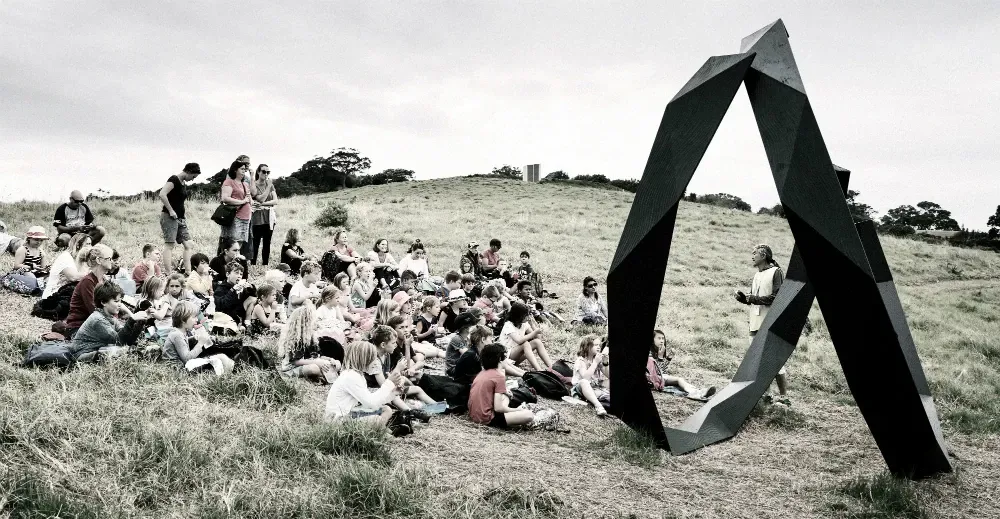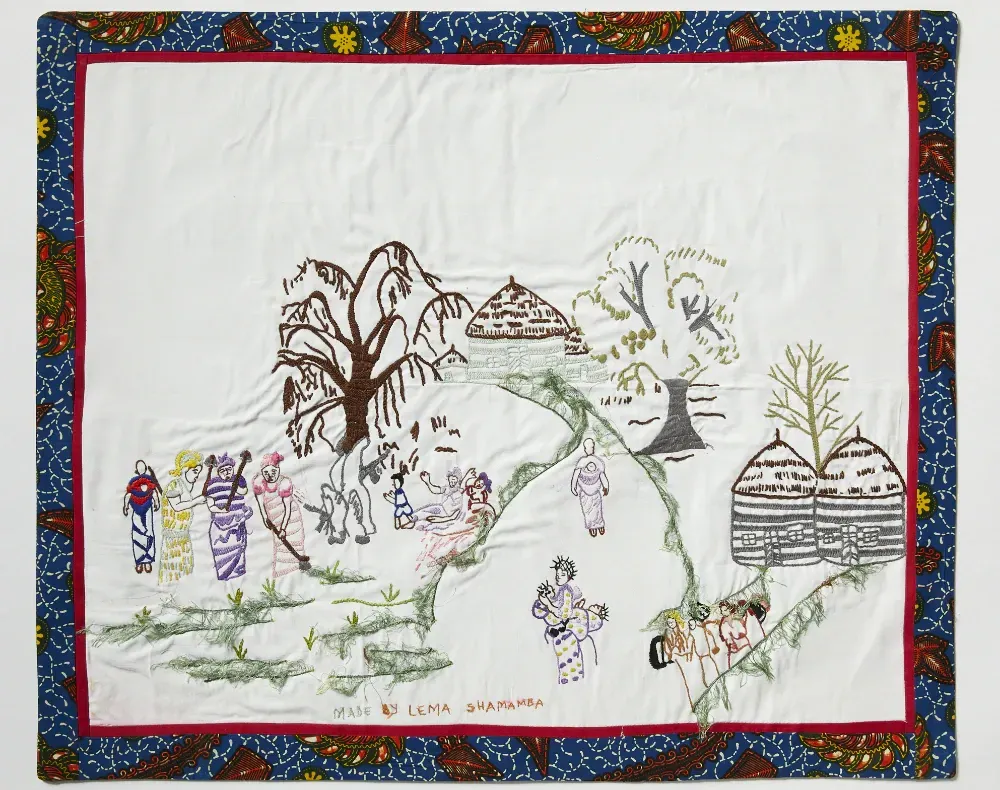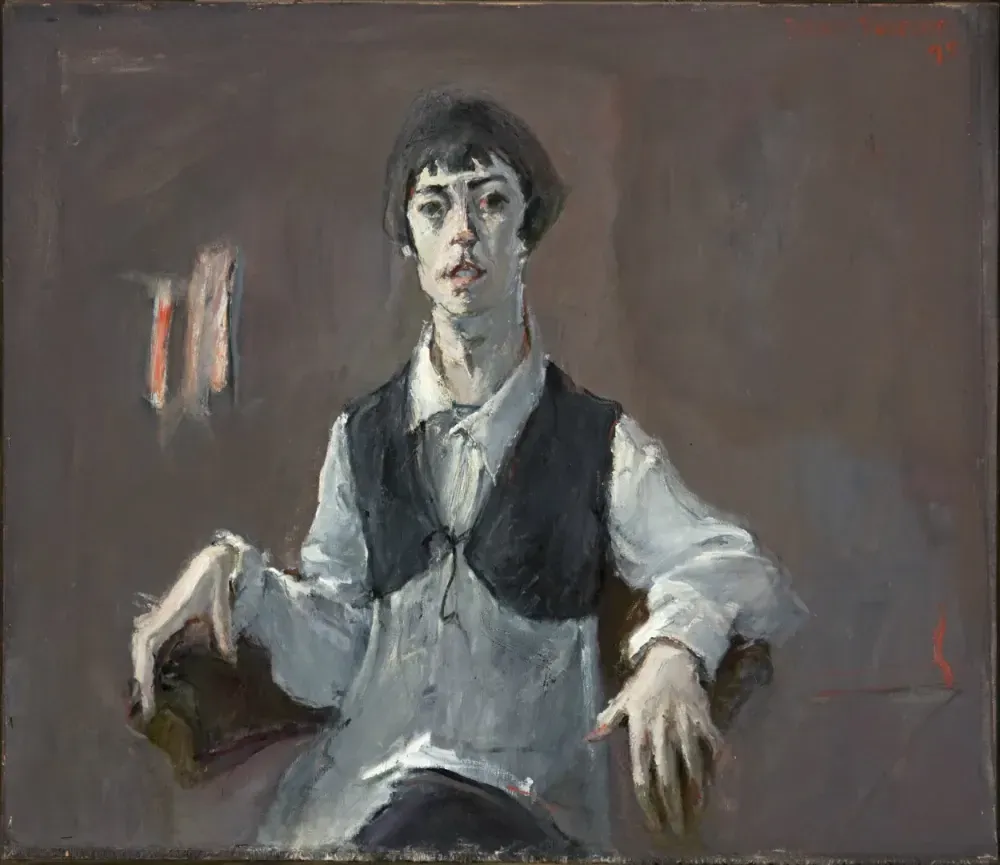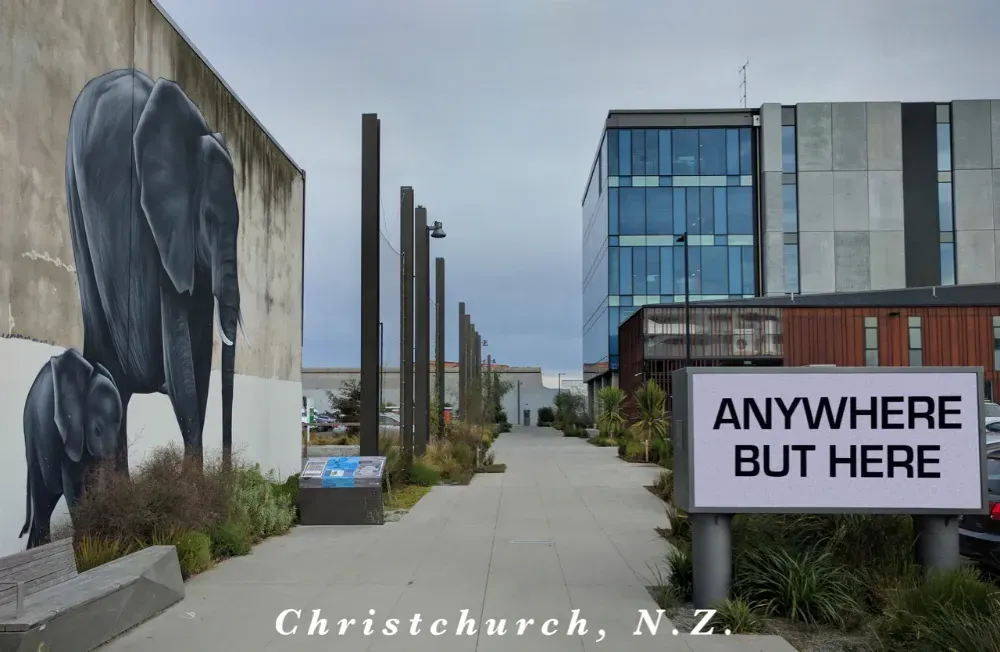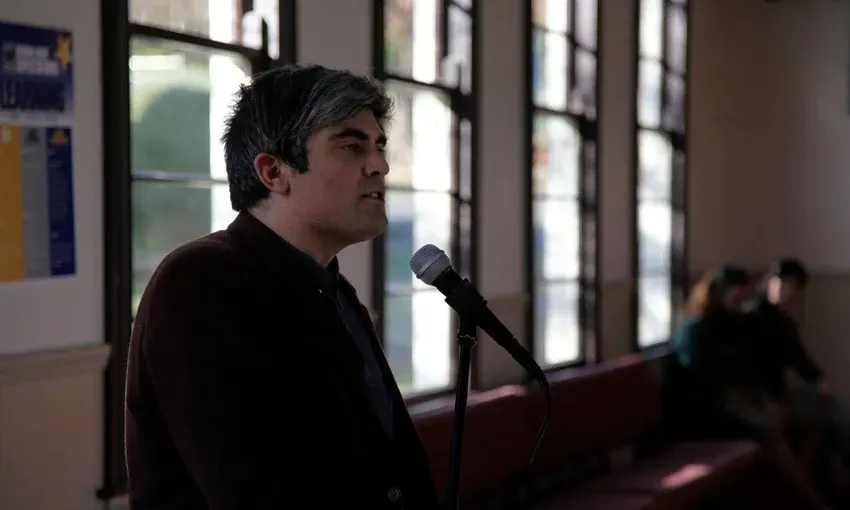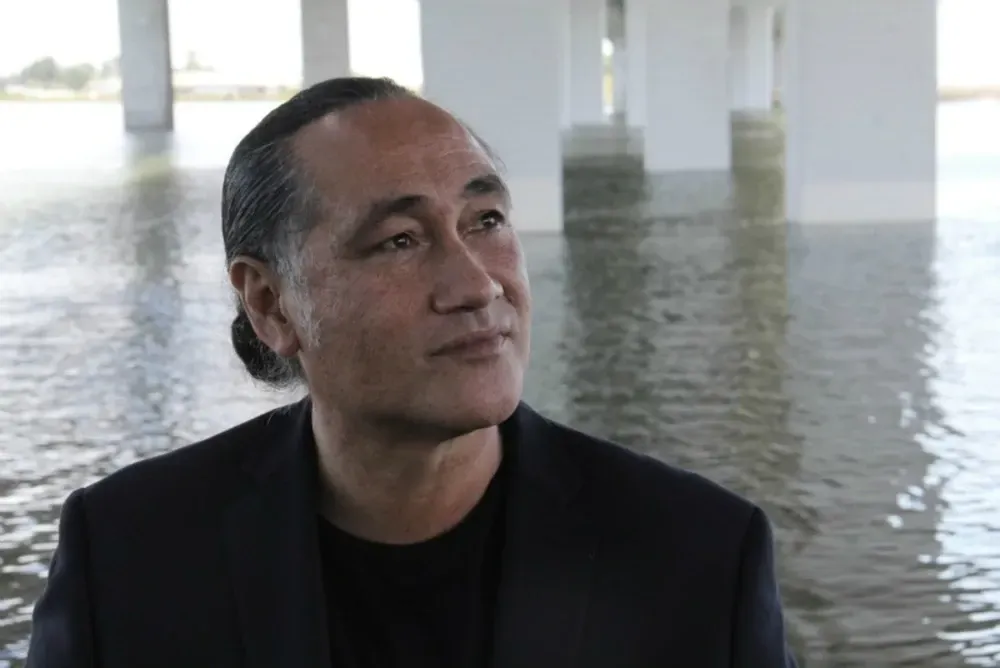Arts Ministers Take Heed
Written by
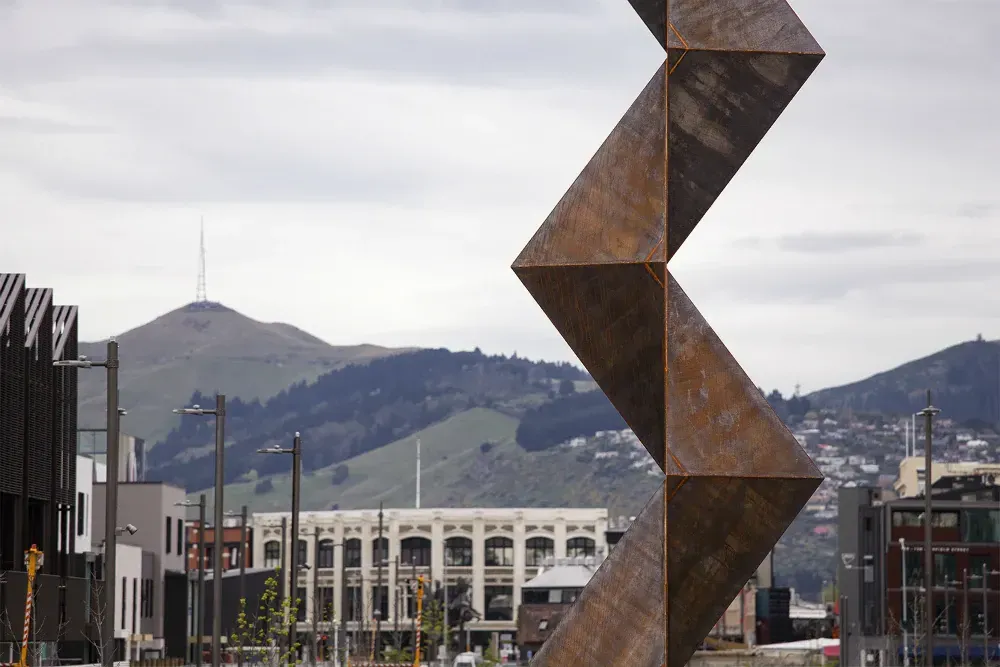
Time for an Overhaul?
Our arts ministers in government should be watching Australia very carefully right now. An open letter published in Australia’s the Daily Review signed by more than 700 in the arts sector, including some of their leading artists and art workers made an urgent request for that country’s cultural ministers to withhold their endorsement of the revised Major Performing Arts Framework. This framework distributes 59 percent of Australia Council funds to just 29 companies, and unlike others isn’t subject to peer review. Included are ten orchestras, five opera companies, eight theatre companies, and three ballet companies focussed principally, reports The Conversation, on the white Western canon. The letter captured despair in the arts sector over a lack of investment in smaller to medium sized arts organisations. The MPA Framework has been around since 1999 and in that time funding for smaller organisations has fallen by a third.
The open letter notes, using figures from The Conversation, “big companies received a subsidy of $31.50 per audience member; the small-to-medium and independent sector receive a subsidy of $3.36 per audience member”.
And the Australian ministers have responded with urgency. As I write, Australia Council have announced “landmark changes”, as covered here by ArtsHub, with “more flexible and more contestable funding arrangements for multi-year funded organisations.” Watch this space.
The situation is both different and not so different in New Zealand. Creative New Zealand (CNZ) have significantly overhauled their funding framework recently and split secured funding across a wider range of organisations. But outside of CNZ there’s a different picture with the need for reform. Direct from the government the NZSO receive around $14.6 million, Royal New Zealand Ballet $5.4 million, and Te Matatini $1.9 million. Separately from this money CNZ in total, according to their 2017-18 Annual report, spend $42.46 million, with over $25 million spread over 88 organisations. Music (including orchestras like the APO) receive $11 million in total from CNZ.
Doing the math: two New Zealand arts organisations receive 32 percent of this arts funding, with the CNZ’s proportion reliant on Lotteries funding. To be clear, I’m not calling for funding cuts. But, even putting aside the inequities, surely it’s time these arts organisations were treated under the same framework?
Creative New Zealand meanwhile are asking for public feedback on their report A Profile of Creative Professionals, with the research “seeking to better understand career sustainability in the arts and creative industries.” There are public forums in Auckland, Wellington and Christchurch next week, details here.
Lipservice?
Meanwhile the newly elected head of the NZ Society of Authors, Mandy Hager is calling on the Prime Minister to do a “please explain”. In an article on Newsroom she questions whether Jacinda Ardern's championing of the arts is merely paying lip service. Good to see the the writers’ community here lobbying to improve the earning potential of New Zealand writers.
"After the Key years, it’s refreshing to hear a Prime Minister championing the arts. But New Zealand writers are grappling with several serious issues that may have gained a sympathetic ear, but little traction." Read the full piece here.
Arty Local Bodies
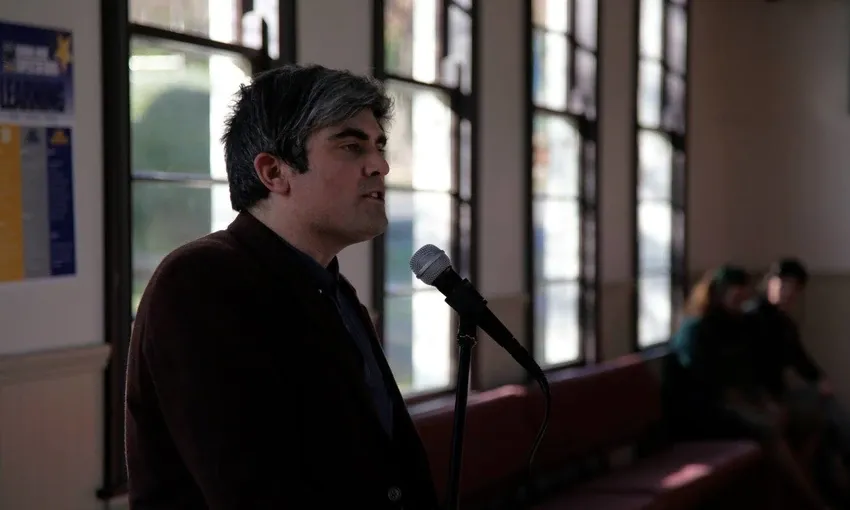
Dunedin's new mayor Aaron Hawkins.
How did the arts do in the local body elections? Same old in Auckland and Christchurch at a glance, but a blow in Wellington (except for one notable local filmmaker) with the loss of mayor Justin Lester, (who held the arts portfolio). Yet a boon in Dunedin with the election of Aaron Hawkins who has been a very vocal supporter of arts initiatives as a councillor. A former Radio 1 DJ, Hawkins chairs the Dunedin Fringe Arts Trust – which produces the Fringe Festival, NZ Young Writers Festival and the Amped Music Project.
Most importantly for a city known for its independent music scene Hawkins is a fan. As he told The Spinoff, referring to two local underground music legends: “I remember running into Chris Heazlewood a few years back and he said that he had never felt represented by a local politician in his entire life. It’s important to see that your elected members share the same values and priorities as you. But yes, I’ve had at least two messages of congratulations from Robbie Yeats so far.”
Scape Act
The 2019 season of Christchurch public art event Scape has artwork spread around the city centre (artworks here) with curator Emma Bugden contributing a diversity of approaches.
There’s more here than large geometric sculptures marrying art and industry. But beyond the curator, those remain central to Scape’s wider conversation with the city. Unveiled this month is an impressive giant new permanent work ‘Vaka A Hina’ by Auckland based Tongan artist Sēmisi Fetokai Potauaine. Also gifted to the city with significant help from a Boosted campaign after the mosque attack of March 15, is a large work by Kazu Nakagawa Ka Mua Ka Muri. Nakagawa is Waiheke Island-based and, at the time of the attacks, the work was being shown as part of the island’s Sculpture in the Gulf. Makagawa campaigned to gift the work and here’s a video of the artist saying farewell to the work as it heads off on a truck and onto a dawn ferry.
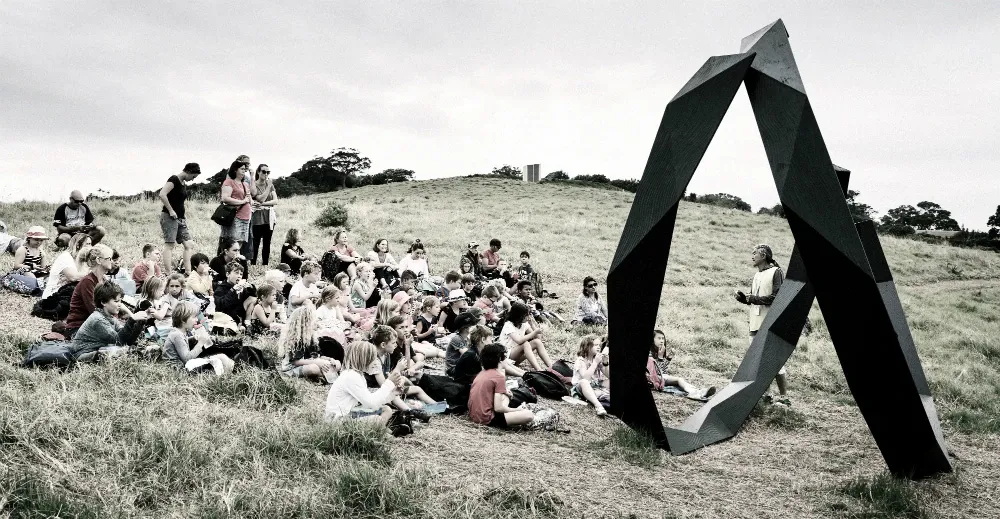
Kazu Nakagawa with Ka Mua Ka Muri with a group at Sculpture in the Gulf. Image: Peter Rees Photography.
Scape is turning 20 this year, resilient for a visual arts event in New Zealand. It’s had to respond to a dramatically altered urban situation, with all its attendant politics, as the city has recovered and entered redesign and community rebuild post earthquakes. That led to an attendant astonishing fertile creative scene, valuing participatory work generating social change alongside potent art objects. And that has keenly focussed criticism around sculpture as dated ‘plonk art’, which doesn’t pay enough attention to its context.
Yet even before the quakes Scape had plenty of progressive turns. It’s an interesting journey to track and I’m looking forward to reading commentator Warren Feeney’s Out There, a 20 year history being published by Scape in November. The book seeks to look at “how public sculpture has gone beyond the traditional concept of ‘monuments in an open plaza’ to become something full of possibility and surprise...”
Criticism of Scape has manifested itself rather wittily this month with an artist campaign/festival XScape et al, playing off Scape’s branding. There have been newsletters circulating (you can read online) offering a “‘real-news’ commentary on the state of the city” and a postcard series launched called Sign of the Times, a.k.a. The Bureaucrats Got Paid, from “guest artist Dog Daze”. Titles include ‘Making white people happy’ and ‘Clipping the ticket’.
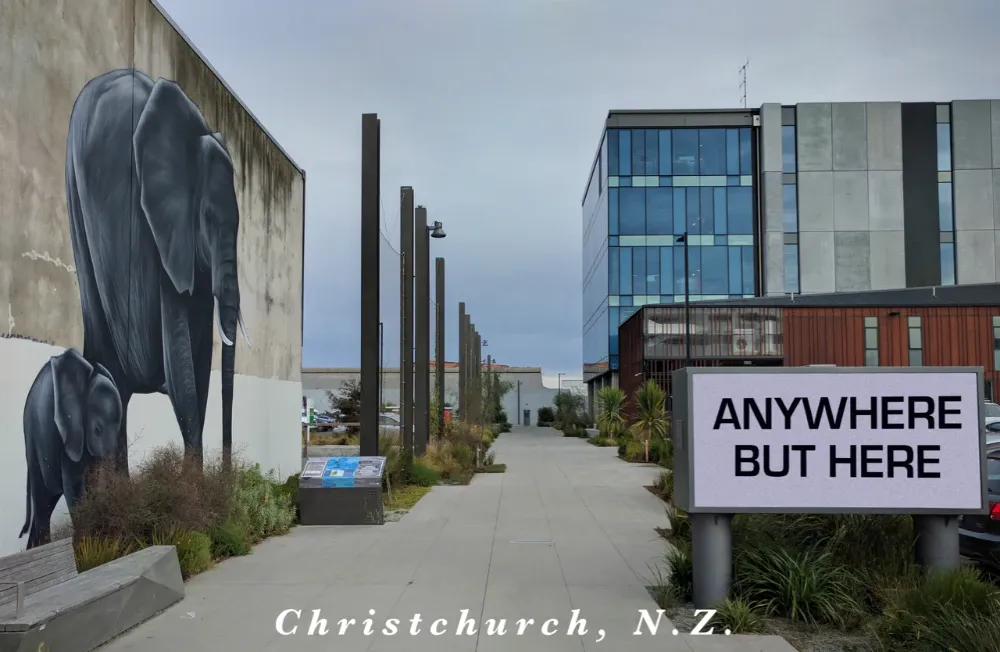
This week’s newsletter notes the arrival of STAY//HARD, “a companion piece to Gormley’s $900,000 Here’s two I made earlier (discounted)... While the installation was not completely finished at the time of writing, the sustainable work (recyclable, reusable, and constructed from steel that failed certification) is in place. We just need to get those lights working, the paving finished and we are not too sure what to do about the manky plywood plinth – anyone have any ideas or know of a plinth sponsor we could sweet-talk into joining the burgeoning list of xSCAPE supporters?”
Pictured here is one of the postcards which on the back carries a Wayne Youle quote: “The worst thing about public art is the public”. The quote comes from this 2017 Stuff interview with Youle, worth reading to get the context - frustration with bureaucracy.
Getting Over McCahon
“McCahon is the only New Zealand painter to gain a significant overseas reputation and have a large solo retrospective exhibition in Europe.” That’s the unfortunate assertion of David Herkt in ‘Colin McCahon 'one of the immortals' this last weekend in the Dominion Post. The article is driven by the fact that there’s McCahon work up for auction. Lucky promotion for those auctioneers. As for the assertion, we could start a counter argument with Frances Hodgkins and end this year with Judy Millar - or throw in painter on both film and canvas Len Lye, currently being honoured by a significant show at the Tinguely Museum in Switzerland.
There’s been an unfortunate tendency to hit replay and roll out tropes about McCahon in the media this centenary of his birth. Rather than deification, the work of one of our finest artists should be examined in the context of changing times and attitudes. Or as Shannon Te Ao indicates in ways that might not overshadow the work of contemporary artists who need the media oh so much more.
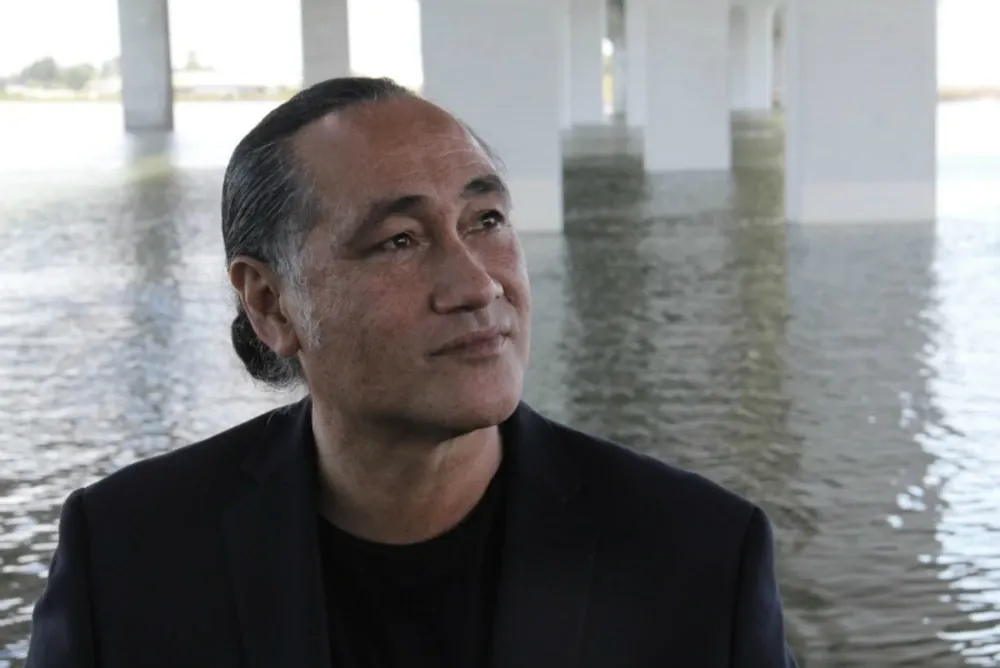
Lemi Ponifasio.
In terms of international success take Lemi Ponifasio, one of next year’s New Zealand Festival’s guest curators. One of our most daring Pacific artists, working across art disciplines, is to premiere Amor a la muerte in the Santiago a Mil International Festival in Chile. The performance will “unite Chilean women: a Mapuche singer and songwriter —Elisa Avendaño Curaqueo— and a flamenco dancer —Natalia García-Huidobro— who through their bodies will explore their history.”
Artweek
Back up north, it’s Auckland Artweek and over on The Spinoff Art are two features. Firstly a questionnaire I’ve undertaken with Auckland gallery owners, none of whom call themselves by the same job description, and a guide to Auckland artist-run spaces that have morphed into different models from Eloise Callister-Baker. They include Samoa House Library on K Road, which has just opened a new gallery space.
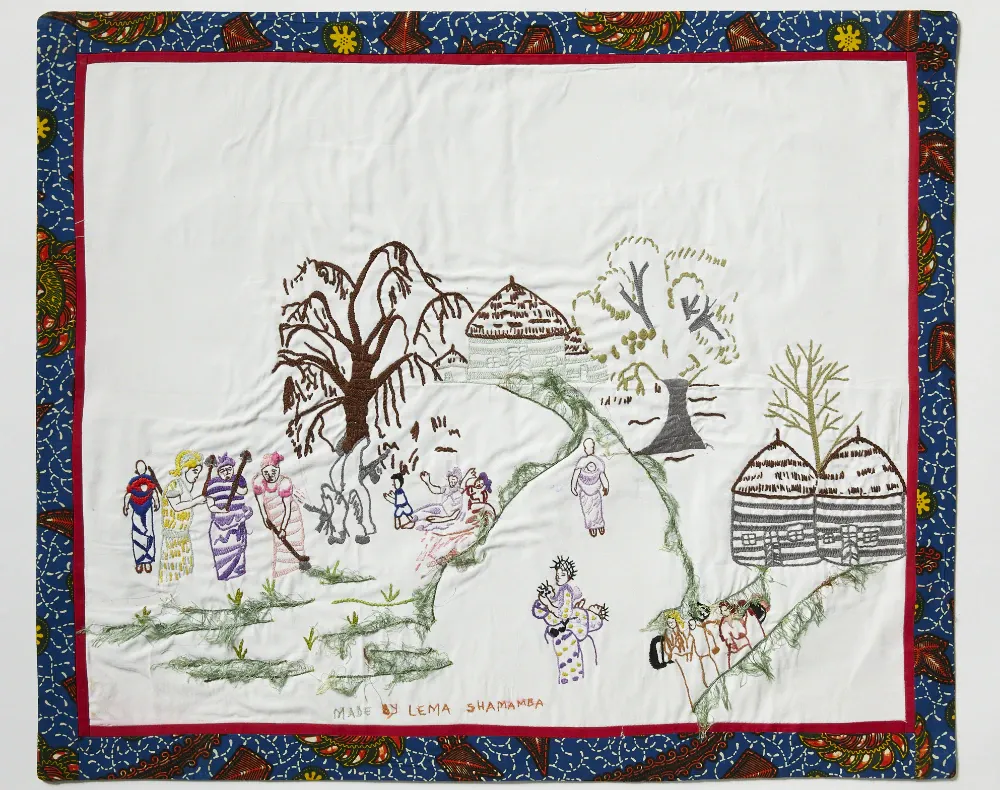 Lema Shamamba, Mulame, 2019. Image: Samuel Hartnett.
Lema Shamamba, Mulame, 2019. Image: Samuel Hartnett.
Meanwhile nice props from art curator, writer and Artweek tour guide Linda Tyler to Auckland’s Objectspace in this piece for the international College Arts Association News Today: “In a very short time, Objectspace has shown its ability to promote and advocate for art forms that have been marginalised, and communities that have never before been engaged by the gallery or museum sector in Aotearoa. Its ambition to introduce cultural change within the craft and design sector nationally, through forming co-leadership relationships with diverse communities of makers throughout Aotearoa is admirable.”
At Objectspace, a new show 'Mulame' by Lema Shamamba, who arrived in New Zealand as a refugee from the Democratic Republic of the Congo, features embroidered stories of the conflicts and effect of mineral exploitation there (powering your mobile phones). It was one of the highlights of an Artweek trip to Auckland. It has seen them welcome the Congolese community to the gallery to celebrate and, this weekend, hold a market.
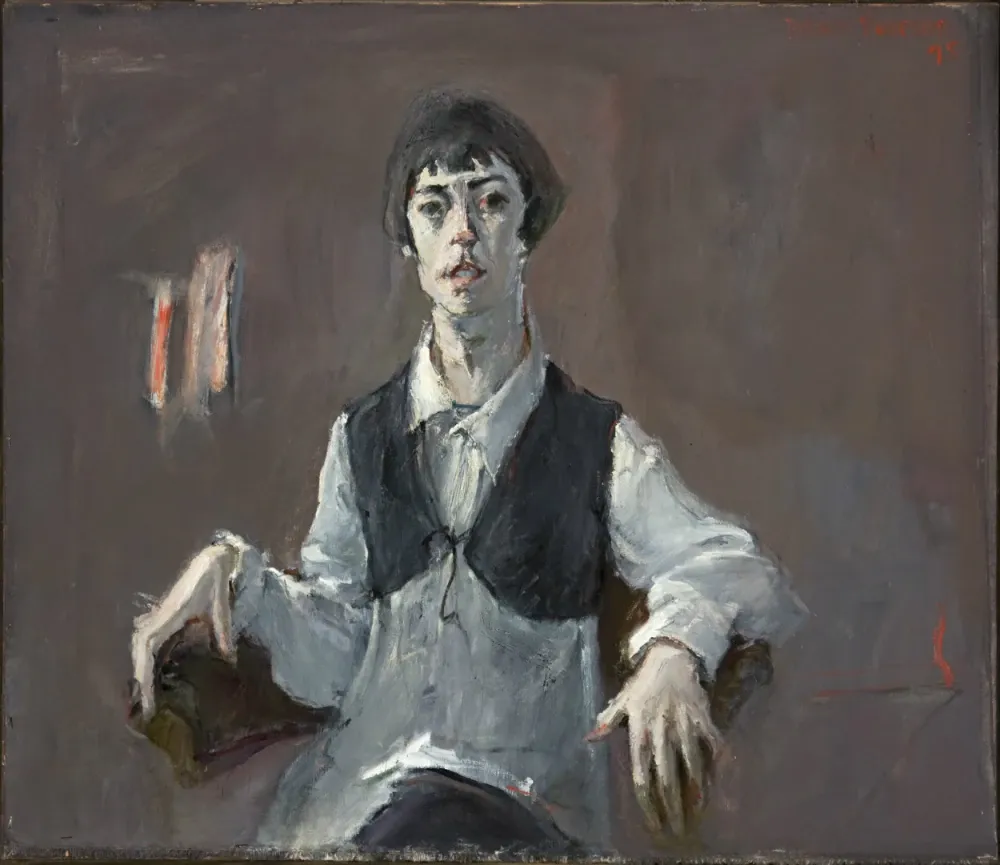
Other Reading
A great painter has died in his 90th year. Alan Pearson was known for his outstanding expressionist styled portraiture. Most recently resident in Australia he had a survey show at Nelson’s The Suter, Master of Grey, earlier this year. While his passing seems to have passed the news media thus far by, Christchurch Art Gallery have paid tribute to Pearson here.
Terrific to read is this just published review by David O’Donnell on international critical site The Theatre Times of South Auckland’s Blackfriars Theatre Company’s Pacific take on A Midsummer Night’s Dream at Mangere Arts Centre. “Black Friars’ Dream “re-stories” Shakespeare in ways that are theatrically alive, connected to the local, empowering for the performers and deeply invested in its community.”
Sundance has provided an introduction to their 2019 Merata Mita Fellows, Ainsley Gardiner and Briar Grace-Smith.
Sarah Laing has written an excellent essay on creativity and comics.
Bugger the galleries, if you’re massively beloved with the rep to match get a Tumblr. Chris Knox is turning out a wealth of paintings and showing and selling them here.
Over on Pantograph Punch Lana Lopesi asks why an exhibition about the Pacific at Te Tuhi Moana Don’t Cry doesn’t centre on Pacific scholarship. “After seeing Moana Don’t Cry, the question that I am ultimately left with is, what does it mean for this sense of the ocean (which has become synonymous with self-empowerment for Moana people) to be used as a conceptual, curatorial framework by non-Pacific curators and academics?”
